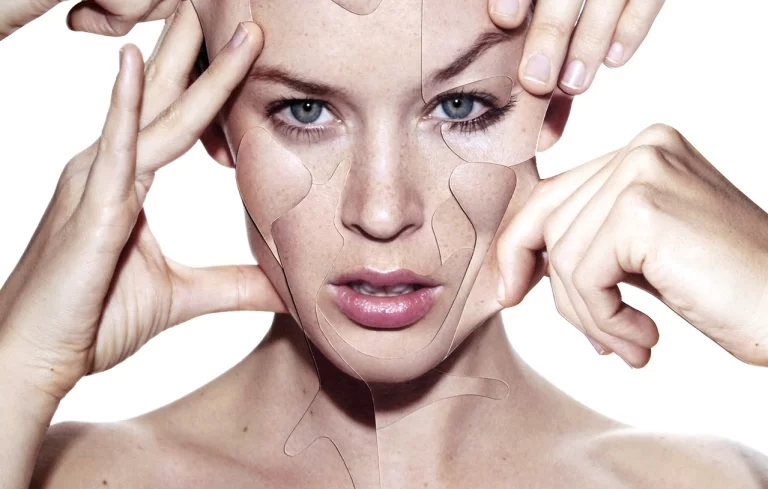The Skin Alphabet – Vitamin A

I am sure many of you have heard of cosmeceutical products which contain vitamin A, retinoids, retinol etc which have revolutionised the skin care industry. Formulations containing retinoids are an essential for any skin care regime, and it’s never too late to start.
Introducing the first of the skin care alphabet. Vitamin A. The following post is my nerdy attempt to educate you all regarding this magic ingredient so you can make informed decisions when purchasing your skin care products. So where to begin…
What is a Retinoid?
Retinoids are a class of compounds that have the basic core structure of vitamin A. There are many synthetic and naturally occurring forms of vitamin A however Retinoic Acid (Tretinoin) is the key biologic retinoid.
Retinoids have a major role in overall health and regulate gene transcription and cellular differentiation (cellular changes resulting in specialised cell function) and proliferation (rapid cell division). That is, they play an essential role in reproduction, embryonic development, visual function, blood vessel growth, and the maintenance of skin equilibrium.
We can only obtain vitamin A from dietary sources and dietary vitamin A deficiency is a major global health problem resulting in significant visual defects leading to blindness, increased risk of infections and abnormal kertinisation of the skin.
“Did you know that vitamin A is also toxic if taken in excess of the body’s requirements and has teratogentic effects (causes congenital abnormalities)?”
How does this relate to the skin?
Due to the effects of vitamin A on cellular processes within the skin it was discovered in the 1960s the effects that topical vitamin A derivatives could have in the treatment of acne and photoaging (pigmentation, fine lines, poor skin texture).
So what do retinoids do to the skin?
- Increased cell turnover – meaning new skin formation and the descrutction of abnormal skin cells
- Reduced melanin production – this causes a reduction in pigmentation including sun spots
- Stimulates collagen production – resulting in improved hydration and a reduction in fine lines and wrinkles
- Repairs abnormal cells – improving overall skin health
- Normalizes abnormal/excessive keratinisation – this is its main role in the treatment of acne
- Decreases sebaceous gland activity – again this results in less acne lesions and improved skin hydration
What are the visual effects of retinoids?
- Smoother skin texture – this results in the decreased appearance of acne scaring, stretch marks and surgical scars
- Reduction of fine lines and wrinkles
- Reduced pigmentation – this is useful in conditions such as melasma, sun spots, freckles, actinic bronzing and post inflammatory hyperpigmentation
- Reduced pore size and oiliness of the skin
- Reduction in acne lesions
* these photographs are following treatment with Tretinoin 0.025-0.1% and are not my own.
Types of retinoids
Retinoids are classified into three generations. The classification system is complex and refers to the different activation pathways.
First generation Retinoids
- Tretinoin – this is a topical solution. It is considered the most effective topical retinoid. It is used to treat photoaging, acne and keritinisation disorders. Common brands are Retin A, Retreive and Steiva A with concentrations of 0.025%, 0.05% and 0.1%
- Retinol (oral and topical) – retinol is non-active when applied to the skin. It is converted into retinaldehyde then to retinoic acid within the skin before becoming active
- Isoretinoin (oral) – retinoic acid – roaccutane
Second generation Retinoids
Eretinate and Acitretin – these are oral medications used to treat psoriasis
Third generation retinoids
Adapalane – this is a synthetic retinoid which mimics Tretinoin however appears to have reduced irritation. Is used for the treatment of acne. Some brands include Differin and the combination agent Epiduo (also contains Benzyl Peroxide).
Prescription versus Over the counter
This is where close scrutiny of the ingredients of your cosmeceutical is important. A product may claim to contain a retinoid however may only be of an insignificant proportion and will hence show no visible results.
Over the counter
In OTC products the percentage of the retinoid is often not shown hence many products on the market contain too little retinoid to have any effect. However as these products contain lower concentrations of retinoids the side effects are minimal with a very low rate of irritation. They are cheaper, readily available and no prescription is required.
- Retinol
- Retinyl palmitate
- Reinaldehyde
- Beta carotene (pro-vitamin A)
Prescription
With prescrition retinoids the percentage concentration is visible and the product itself will contain very little additives. As these are prescription medications they are scientifically proven to treat certain conditions such as acne and photoaging. The down side it they have to be prescribed by a doctor and are often associated with increased irritation and skin sensitivity with initial use.
- Tretinoin/retinoic acid
- Adapalene
- Isoretinoin
So how do I use a retinoid?
It is important to note the expected initial side effects of retinoids, especially in higher concentrations. These include mild irritation, redness and gentle shedding or exfoliation of the top layer of skin. This is called the ‘retinoid reaction’ and generally settles down after about 4 weeks.
Retinoids are best used at night time and other active ingredients should generally be avoided at the time of application. Using a moisturiser after application is ok.
Using high concentration retinoids such at tretinoids can also cause initial sun sensitivity.
The effects of retinoids often continue after treatment has ended however the effects are reduced by ongoing sun exposure and smoking. With enhanced results with daily sunscreen and use of other cosmeceutical products which enhance its actions such as vitamin C.
Although studies show topical retinoids are unlikely to cause birth defects it it best NOT to use these products during pregnancy.
I hope this has been informative and educational for you. Like I said earlier, a retinoid is an ESSENTIAL ingredient in any skin care regime and it is never too late to start.
Next up is the The Skin Alphabet – Vitamin B
Dr Kate x



